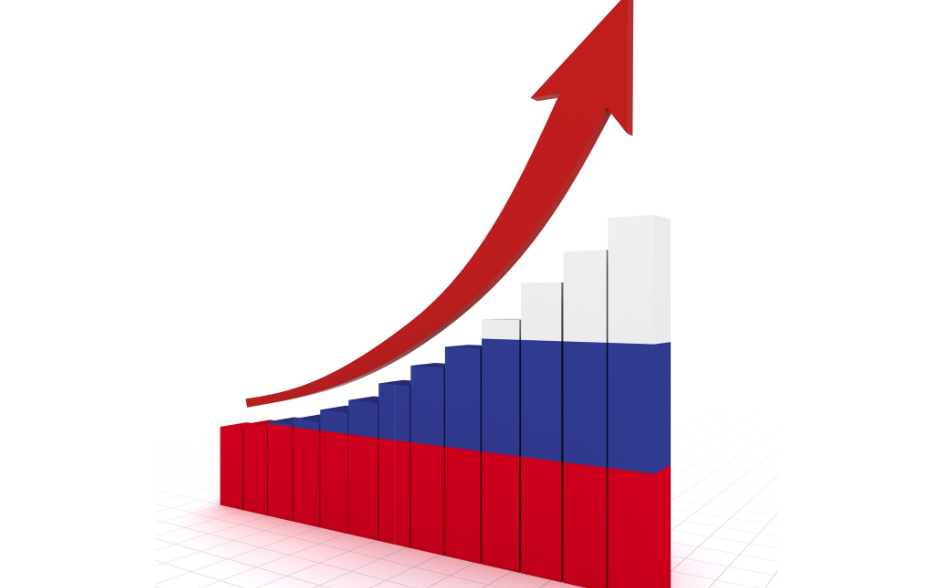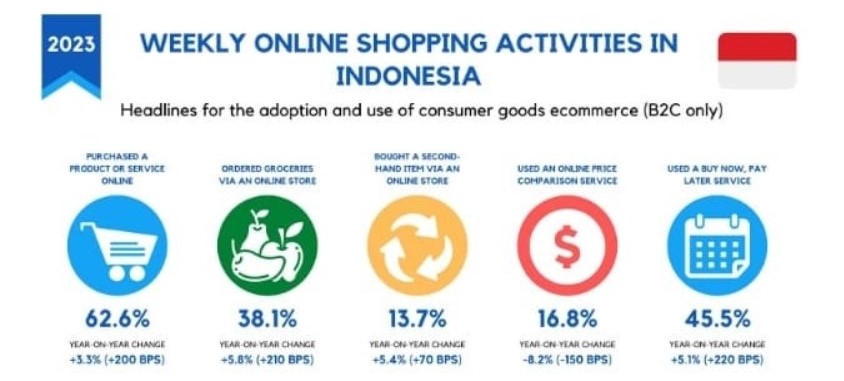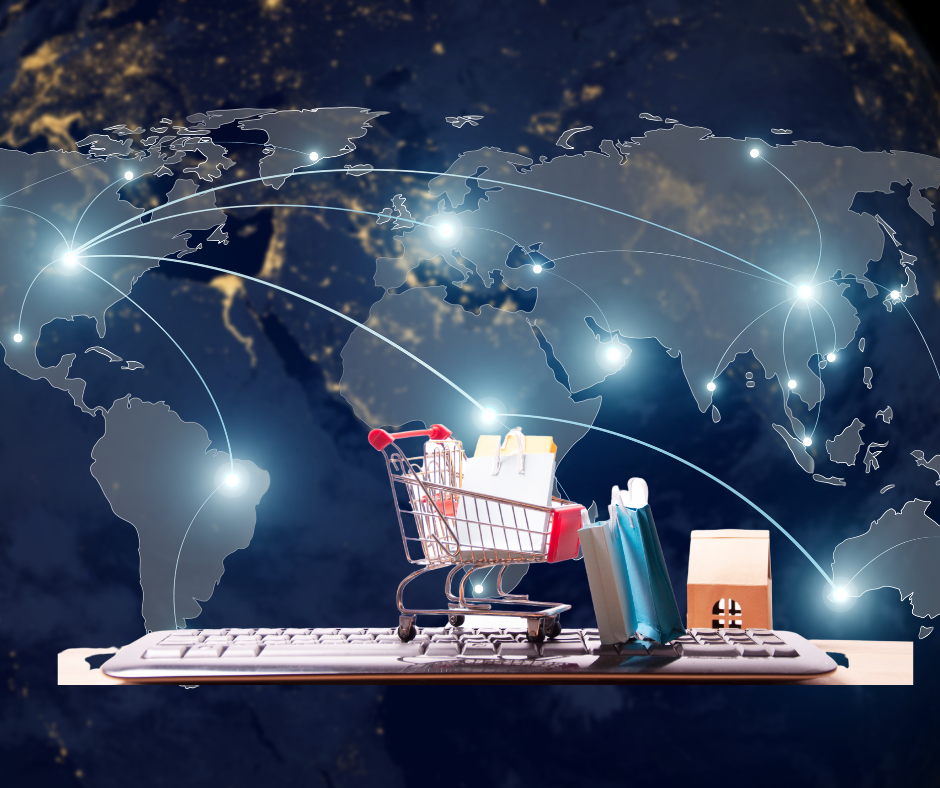In recent years, the global e-commerce landscape has witnessed a remarkable shift with the rise of emerging markets. As internet penetration continues to expand and technology becomes more accessible, these markets have become hotbeds of online consumer activity. This article delves into the phenomenon of the e-commerce boom in emerging markets, highlighting the factors contributing to their growth and the potential they hold for businesses worldwide.

Understanding Emerging Markets
Emerging markets refer to developing countries with expanding economies and a growing middle class. These markets, including countries like India, China, Brazil, and Indonesia, present immense potential for businesses due to their large consumer bases and increasing purchasing power.
The e-commerce boom in these markets has been fueled by several key factors:
Internet Penetration and Accessibility
One of the primary drivers of the e-commerce surge in emerging markets is increasing internet penetration. As more people gain access to the internet, they are discovering the convenience and benefits of online shopping. Improved connectivity and affordable smartphones have played a crucial role in bridging the digital divide and opening up opportunities for businesses to tap into these markets.

SOURCE: Indonesia Investments
Mobile Revolution and Its Impact
By 2025, as per a report from GSMA, smartphone adoption worldwide is projected to reach a remarkable 80%. This substantial growth is expected to be driven significantly by countries such as India, Indonesia, and Pakistan.
The mobile revolution has been instrumental in the e-commerce boom in emerging markets. With a significant portion of the population relying solely on mobile devices for internet access, businesses have adapted their strategies to cater to mobile users. Mobile apps and optimized websites have become essential tools for e-commerce platforms to engage with consumers and provide seamless shopping experiences.
Rising Middle Class and Disposable Income
Who is the middle class?
The middle class in emerging markets represents a socioeconomic group experiencing rising incomes and an improved standard of living. For example, in countries like Brazil, China, and India, a growing middle class has emerged, with individuals having the ability to afford more than just basic necessities.
The expansion of the middle class in emerging markets has been a game-changer for the e-commerce industry. As more people move into the middle-income bracket, their purchasing power increases, driving demand for online shopping. The availability of a wide range of products at competitive prices, coupled with the convenience of doorstep delivery, has made e-commerce an attractive option for emerging middle-class consumers.
| Middle Class Households (2018) | Forecasted Growth Rate (2018-2030) | |
|---|---|---|
| Emerging Markets | 679 million | 2.7% |
| Developed Countries | 176 million | 6.3% |
Cultural Shifts and Changing Consumer Behavior
Cultural shifts and changing consumer behavior have played a significant role in the e-commerce boom. Traditional shopping habits are evolving as consumers embrace the convenience, variety, and competitive pricing offered by online retailers. The younger generation, in particular, is more open to adopting new technologies and exploring e-commerce options.
Infrastructure Development
Infrastructure development, including improvements in logistics, transportation, and payment systems, has facilitated the growth of e-commerce in emerging markets. Investments in robust delivery networks, secure online payment gateways, and warehousing facilities have addressed some of the challenges associated with conducting online transactions in these markets.

E-commerce Platforms and Marketplaces
The emergence of e-commerce platforms and marketplaces tailored to the needs of specific emerging markets has been a crucial factor in the e-commerce boom. Companies like Alibaba, Amazon, and Flipkart have recognized the potential of these markets and have invested in localized platforms that offer tailored experiences, language support, and region-specific product offerings.
Another interesting fact about e-commerce platforms in emerging markets is that they often employ innovative strategies such as “cash on delivery” to overcome challenges of limited access to digital payment methods, allowing customers to make payments in cash upon delivery of their orders, thereby increasing trust and enabling broader adoption of online shopping.

Logistics and Delivery Challenges
While e-commerce has flourished in emerging markets, logistics and delivery remain significant challenges. The vast geographical areas, inadequate transportation infrastructure, and last-mile delivery complexities pose hurdles for efficient and timely order fulfillment. Overcoming these challenges requires innovative solutions, such as partnerships with local logistics providers and leveraging emerging technologies like drones and autonomous vehicles.
Localized Marketing Strategies
Successful expansion into emerging markets requires businesses to adopt localized marketing strategies. Understanding the cultural nuances, preferences, and purchasing behaviors of consumers in each market is crucial for effective communication and engagement. Customizing marketing campaigns, leveraging social media platforms, and building trust through localized customer support are essential elements of a successful e-commerce strategy.
Government Initiatives and Support
Governments in emerging markets are recognizing the potential of e-commerce to drive economic growth and job creation. Many countries have implemented supportive policies and initiatives to encourage the development of e-commerce ecosystems. These include incentives for digital entrepreneurship, investments in infrastructure, and regulations that protect consumers and promote fair competition.
Challenges and Opportunities for Businesses
Expanding into emerging markets presents both challenges and opportunities for businesses. While the growth potential is immense, companies must navigate diverse cultural landscapes, regulatory complexities, and intense competition. However, those who can adapt to local conditions, build strong partnerships, and deliver exceptional customer experiences stand to gain a significant competitive advantage.
Case Studies of Successful Expansion
Several companies have successfully expanded into emerging markets, paving the way for others to follow suit. For example, Alibaba’s entry into the Southeast Asian market through its investment in Lazada has positioned it as a dominant player in the region. Similarly, Amazon’s acquisition of Souq.com has enabled it to tap into the Middle Eastern market and leverage its e-commerce expertise.
Future Trends and Predictions
The e-commerce boom in emerging markets is expected to continue its upward trajectory in the coming years. As technology becomes more accessible, and consumer trust in online shopping grows, the potential for market expansion and revenue generation is immense. Additionally, the integration of artificial intelligence, augmented reality, and personalized shopping experiences is likely to shape the future of e-commerce in these markets.
Conclusion
The e-commerce boom in emerging markets is transforming the global business landscape. With increasing internet penetration, a rising middle class, and favorable government policies, these markets present lucrative opportunities for businesses willing to adapt and invest. By understanding the unique challenges and tailoring their strategies to meet the needs of each market, companies can capitalize on the potential of these booming e-commerce landscapes.
FAQs
- How are emerging markets contributing to the growth of e-commerce?
A: Emerging markets with expanding economies and a growing middle class offer large consumer bases and increasing purchasing power, driving the growth of e-commerce.
2. What role does internet penetration play in the e-commerce boom in emerging markets?
A: Increasing internet penetration enables more people to access online shopping, contributing to the surge in e-commerce activities in emerging markets.
3. How does the mobile revolution impact e-commerce in emerging markets?
A: With a significant portion of the population relying on mobile devices, businesses have adapted their strategies to cater to mobile users, leading to the growth of e-commerce in emerging markets.
4. What challenges do businesses face when expanding into emerging markets?
A: Expanding into emerging markets presents challenges such as diverse cultural landscapes, regulatory complexities, and intense competition that businesses need to navigate.
5. What are some future trends in e-commerce in emerging markets?
A: The integration of technologies like artificial intelligence, augmented reality, and personalized shopping experiences is expected to shape the future of e-commerce in emerging markets.
Let’s take your e-commerce business to the next level together!
For any inquiries about your business needs and our services, drop us an email at gary@shipdepot.com or give us a ring at 818-510-1499. We are happy to help!
